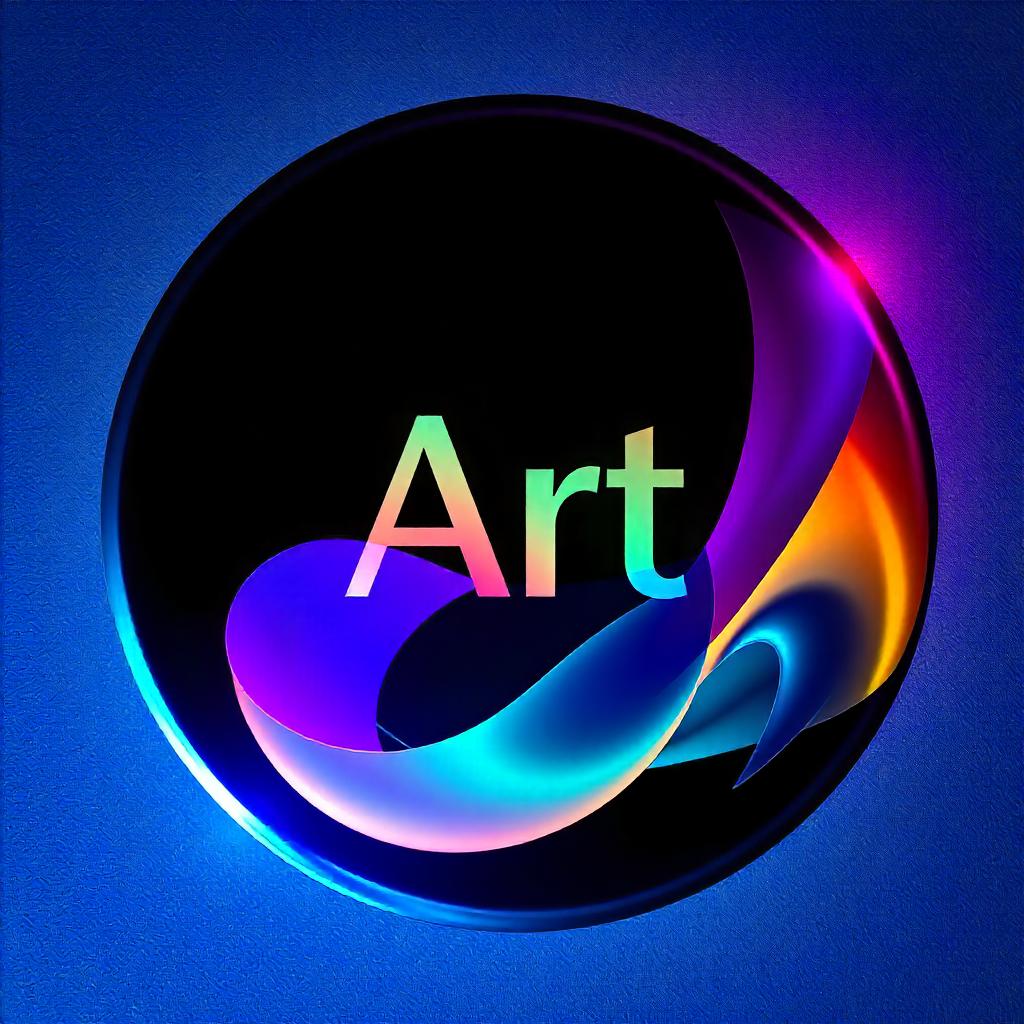Mastering the Art of Abstract Painting
Abstract painting is a powerful form of artistic expression that allows the artist to break free from traditional forms and explore the world of colors, shapes, and emotions. Unlike representational art, abstract painting doesn’t focus on depicting reality but rather conveys feelings and ideas through non-representational imagery. Whether you’re new to abstract art or looking to refine your skills, here are key techniques and tips to help you master this captivating art form.
1. Understand the Basics of Abstract Art
Abstract art is all about expressing ideas, emotions, and concepts without necessarily representing the physical world. Artists may use colors, lines, shapes, and textures to create an emotional or intellectual response. It can be either geometric (focused on shapes and symmetry) or organic (focused on free-flowing forms and patterns).
Tips:
- Look for inspiration in nature, music, emotions, or other forms of art.
- Familiarize yourself with prominent abstract artists like Wassily Kandinsky, Jackson Pollock, and Piet Mondrian to understand different styles.
2. Experiment with Color
Color plays a vital role in abstract art. It has the ability to evoke emotions and set the mood of the artwork. As you experiment, pay attention to color theory—complementary, analogous, and monochromatic color schemes all play a role in abstract composition.
Tips:
- Start with a color palette that excites you and experiment with different combinations.
- Use bold colors for high energy or muted tones for a calmer, more serene feel.
3. Embrace Texture
Texture can elevate your abstract painting, adding depth and complexity to your work. You can create texture using a variety of materials, such as brushes, palette knives, sponges, and even non-traditional tools like plastic wrap or fabric.
Tips:
- Apply thicker layers of paint for a textured, impasto effect.
- Experiment with other materials like sand, fabric, or paper to add unique textures.
4. Work with Shapes and Forms
Abstract painting allows you to explore different shapes and forms, either geometric or organic. Play with large blocks of color, broken lines, or random splashes, and let the forms evolve as you go. There is no “right” way to use shapes in abstract art—they simply serve as a medium to communicate your artistic message.
Tips:
- Create balance in your composition by carefully considering the size, placement, and repetition of shapes.
- Don’t be afraid to break away from the usual structure; allow the shapes to interact with each other organically.
5. Use Layers to Build Depth
One of the techniques that can give your abstract paintings depth is layering. By applying multiple layers of paint, you can create a sense of dimension. Each layer will reveal different textures, colors, and shapes beneath, adding richness to the artwork.
Tips:
- Use transparent washes of color for underlayers, which will allow for a sense of depth and complexity.
- Allow each layer to dry before adding the next to prevent muddying the colors.
6. Let Go of Perfection
Abstract art often thrives in the chaos and spontaneity of the process. Don’t worry about creating a perfect composition. Let the painting unfold organically and embrace imperfections as part of the beauty of abstract work. Sometimes, the most unexpected marks can create stunning results.
Tips:
- Trust your instincts and allow yourself to experiment freely without focusing on the final result.
- Allow yourself to make mistakes and learn from them—they can be valuable teaching moments.
7. Create Movement and Flow
In abstract painting, movement and flow can evoke a sense of energy or stillness. By using sweeping brushstrokes, circular patterns, or jagged lines, you can guide the viewer’s eye around the canvas and create a dynamic interaction with the piece.
Tips:
- Experiment with different brushstroke techniques to create a sense of motion.
- Allow the composition to “breathe” by leaving open spaces where the eye can rest.
Conclusion
Mastering abstract painting requires practice, patience, and the willingness to experiment. By focusing on color, texture, shapes, and layers, you can create works of art that express your unique vision. Remember, abstract art is less about representation and more about creating a visceral experience for the viewer. Embrace the freedom and limitless potential of abstract painting, and let your creativity take the lead.



